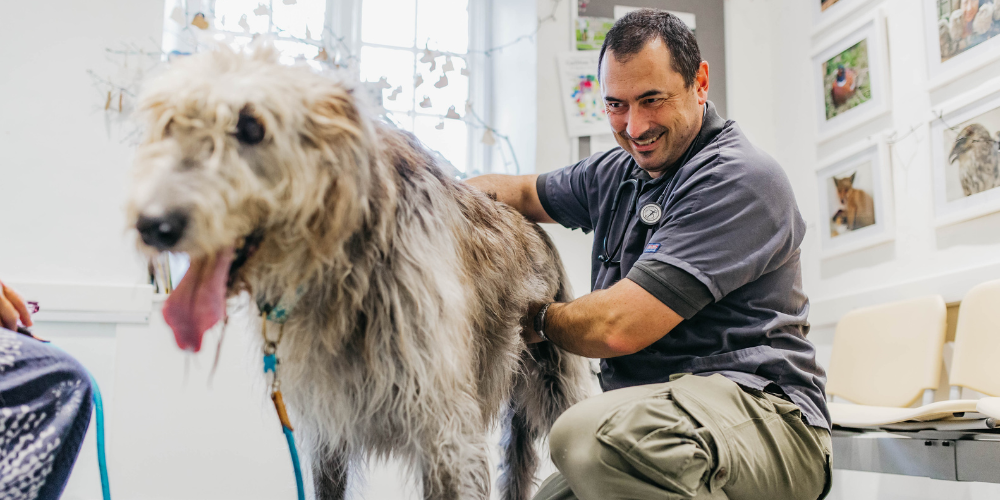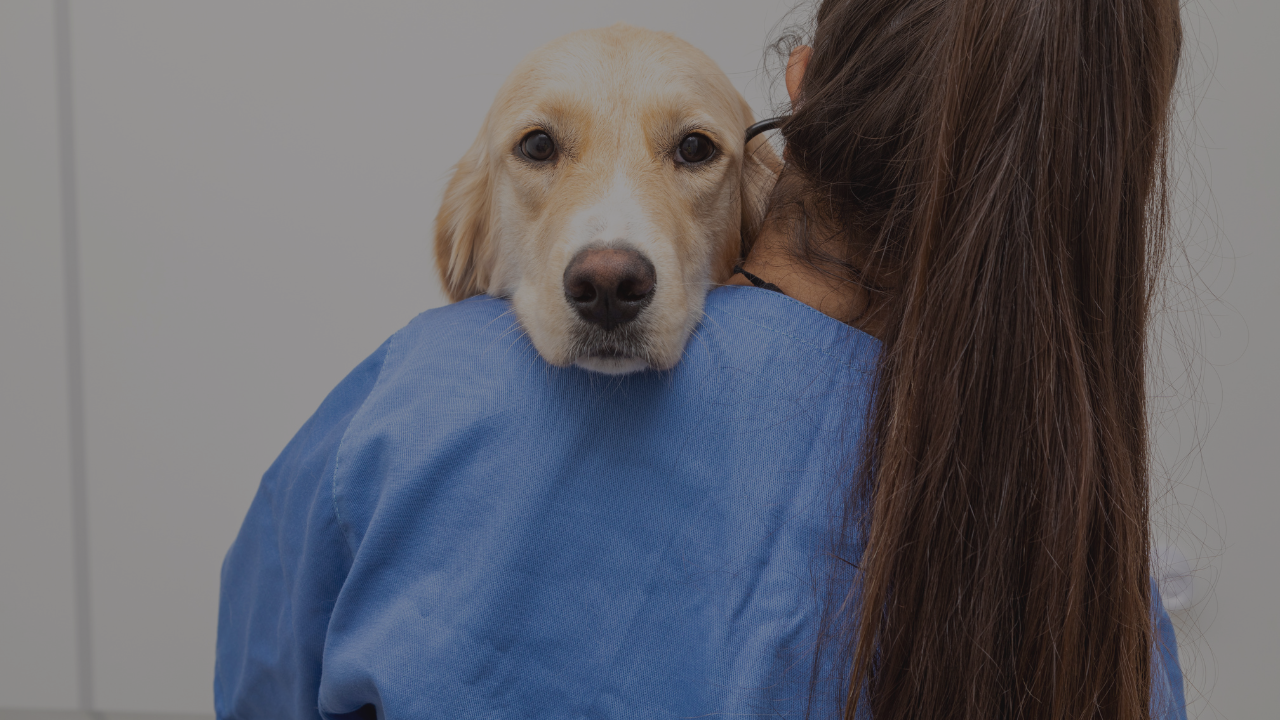Spotting the early signs of mobility issues in pets can be challenging, as many of our four-legged friends are stoic and don’t show signs until they are extremely uncomfortable. Movement is essential for pet wellbeing, so we are going to explore the reasons a pet may have a mobility issue, and some of the most beneficial ways we can help support them.
What causes mobility issues in pets?
Several underlying issues can cause problems with a pet’s movement. Most commonly, mobility issues tend to be due to:
- Old age
- Injuries
- Health conditions
- Illnesses
What are the signs of mobility issues in pets?
The signs can vary, depending on which joints/muscles may be affected, but can include:
- Difficulty climbing the stairs
- Hesitation in moving from height, e.g. jumping down from the sofa
- Difficulty standing from a lying position
- Moving slowly or showing lameness (such as a limp) or loss of balance
Other noticeable signs include:
- Excessively licking at a joint (usually, where the pain is)
- Appearing stiff
- Muscle atrophy (wastage)
- Abnormal sitting positions
- Obvious signs of pain (vocalising/crying out when making certain movements)
What causes mobility issues in pets?
As pets age, their body undergoes significant changes, just like ours do. They are prone to develop certain conditions like arthritis, which can hinder their mobility. Age-related mobility issues are common but not inevitable. Of course, it’s important to receive a confirmed diagnosis from a veterinary professional, as other causes can include injuries and other lifestyle factors such as obesity.
How are mobility issues in pets treated?
If your pet is suffering from a mobility problem due to arthritis, our team can help support you and your pet in a variety of ways!
Home adaptations
There are many home adaptations and easy alterations that can make your pet’s daily life more comfortable. Our team can discuss this with you in more detail, with solutions tailored to your pet, but some considerations may be:
- Using raised water and food bowls
- Ensuring your pet’s walking path contains carpet or a rug for grip (laminate, tiled or wood flooring can be very slippery!)
- Investing in a memory foam or orthopaedic bed
- Providing ramps for harder-to-reach places, such as an alternative to climbing steps, or to get into the car.
Treatments
If your pet has been diagnosed with arthritis, your vet will have discussed the various treatment options with you, and perhaps your pet is benefiting from medication or support from therapies such as physiotherapy. You can find out more about our physiotherapy service on the physiotherapy page on our website.
In addition, we recently launched a very exciting area of arthritis management: regenerative medicine. Arthritis may be common, but it’s severely debilitating. It’s a condition that is generally managed rather than cured. The cornerstones of traditional treatment include weight management, exercise/environmental modification and pain relief medications. Regenerative medicine aims to modify the disease process and reduce the impact of arthritis at its source: the joint, be it shoulder, hip, elbow, knee or the wrist/ankles – known as the carpus and tarsus in animals.
Platelet Rich Plasma & Stem Cell Therapy
There are, broadly speaking, two main regenerative medicine therapies available to our pets, which have good evidence for improving pain management in arthritis cases, and they are:
- Platelet Rich Plasma – platelets are blood cells with an important role in tissue healing. Once filtered from a large blood sample, they can be injected into an arthritic joint with the dog or cat under sedation.
- Stem Cell Therapy – stem cells have the potential to promote the healing of damaged tissue with long-lasting effects.
For severely affected arthritic joints, there is also a visco-elastic gel called Arthramid that can be injected to provide a substitute for lubricating joint fluid and restore some elasticity.
The benefits of these treatments are:
- They relieve pain
- They promote healing
- They restore movement
- They improve the pet’s quality of life
- They’re minimally invasive
- They have a fast recovery time
- They treat the source of the problem
- And they’re covered by many pet insurance policies.
If you’re worried about your pet and you’re concerned they may have some mobility issues, don’t hesitate to book them in with our team for a full check-up. It will be the first step into a more comfortable life for your pet!
Simply give us a call to book your pet in.



